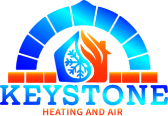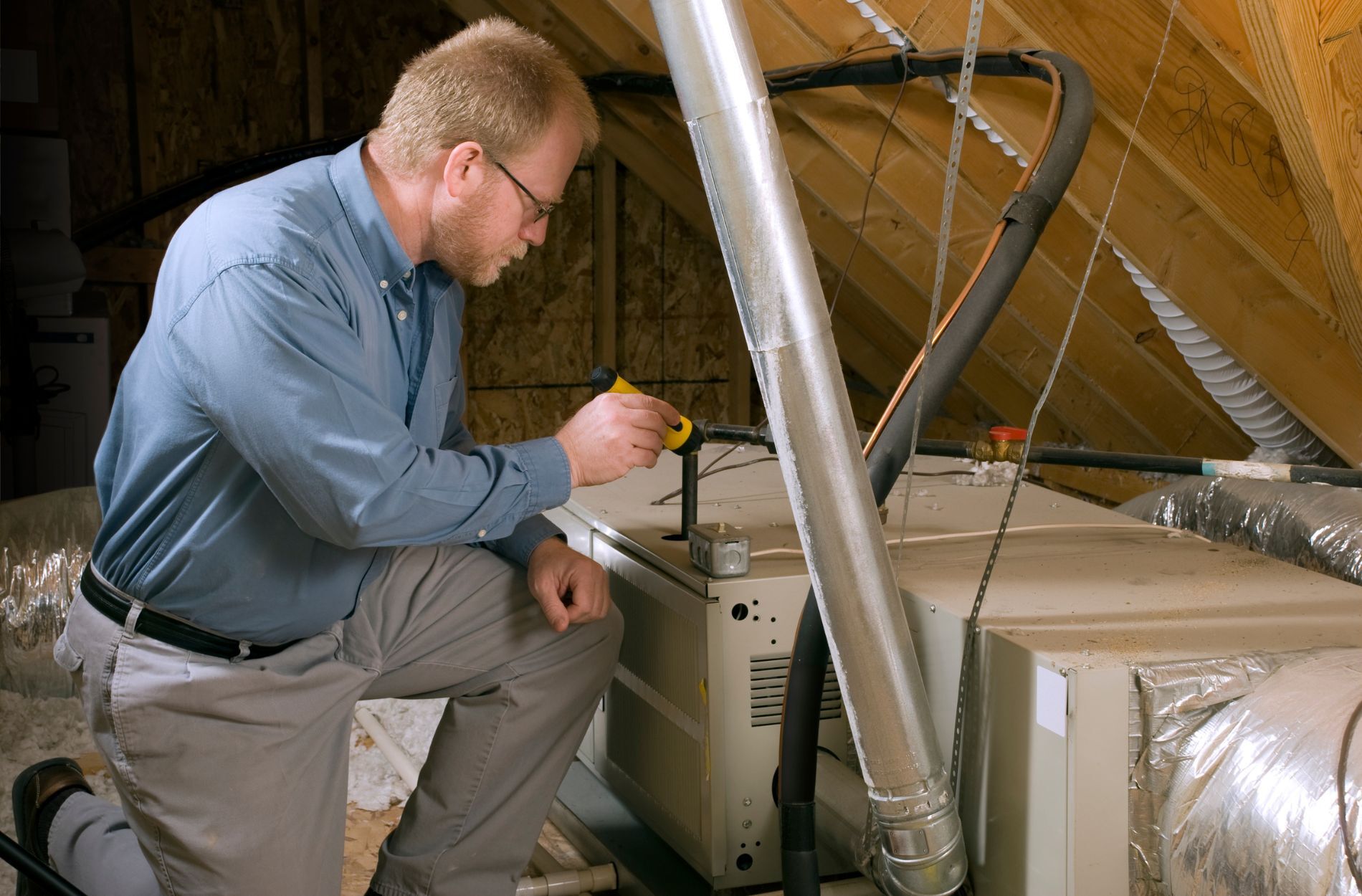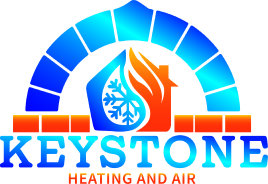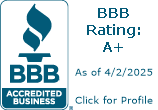When the temperature in Taylorsville starts to dip, the last thing you want is a furnace that refuses to turn on. You expect warmth and comfort when the thermostat kicks in, but if the heat never starts flowing, it quickly becomes a problem. Whether it happens early in the morning or in the evening when everyone is home, a non-working furnace can disrupt your entire day.
There are several early signs that your furnace might be heading toward trouble. If the unit is completely silent, the thermostat is unresponsive, or cold air blows through your vents, something is off. A reliable heating system should not leave you guessing. If the furnace is not turning on even though the thermostat is set correctly, you will want to get to the source of the issue before the cold sets in further.
Check the Thermostat First
Start with the thermostat. It is one of the most common areas where things can go wrong and one of the easiest to check. Something as minor as a low battery or a setting that reset on its own could prevent the system from kicking on.
Run through these checkpoints:
– Make sure the thermostat is set to “heat” mode.
– Set the temperature a few degrees higher than the current room temperature.
– If you are using a digital thermostat, check that the screen is active.
– Replace batteries if the display is blank or dim.
– Review the settings to confirm it is not on a delay setting.
– Look out for unusual codes or error messages that could signal problems.
In one Taylorsville home, the heat never came on after a recent power outage. It turned out the thermostat had flipped into a default cooling setting after power returned. A quick setting adjustment solved the problem instantly. It is a good starting point before assuming the furnace is the issue.
Inspect the Furnace Power Supply
If the thermostat seems fine but the furnace still does not turn on, the next step is to check if the unit is receiving power. A furnace that is not getting electricity will not start up at all, no matter how correctly the thermostat is set.
Here is what to check:
1. Confirm the power switch near the furnace is turned on. It is usually mounted on the side of the unit or a nearby wall.
2. Visit your home’s breaker panel and verify that the furnace’s breaker has not tripped. Reset it if needed, but only once. If it trips again, that could signal an electrical issue.
3. Check for blown fuses, especially in older homes that still rely on fuse boxes instead of breakers.
4. Trace the furnace cord to the power outlet and make sure it is firmly plugged in.
5. Inspect the power cord for any fraying or damage that might interrupt power delivery.
Power interruptions are easy to miss, particularly if everything else in the house is working fine. After larger storms or renovations, this check becomes even more relevant.
Examine Furnace Components for Blockages or Malfunctions
Once you have confirmed the power source is not the issue, examine the individual parts of the furnace. Blocked airflow, ignition complications, or internal wear and tear can stop a furnace from starting.
Start with the air filter. If it is too dirty, it restricts airflow, sometimes enough to trigger a safety shut-off. Take it out and hold it up to a light source. If light can barely pass through, it is time to replace the filter. A clean air filter makes a significant difference in overall furnace performance.
For older furnace models, inspect the pilot light. If this tiny flame is out, your furnace will not be able to ignite. Drafts or gas flow disruptions can easily extinguish it. Follow your manufacturer’s instructions to relight it. If it keeps going out, something more serious may be happening.
Also, examine the blower motor and related components. A visible problem, such as dust buildup, corrosion, or a dislodged part, could explain the system malfunction. Avoid tampering with anything electrical or mechanical without the right tools or know-how.
Blown fuses and error codes are other indicators to watch for. Some units flash codes when they detect problems. These are built-in safety features to prevent further damage. Trying to operate the unit while these warnings are active can lead to costlier repairs.
Know When to Call for Heating Repair in Taylorsville
If you have followed the recommended checks and your furnace still does not work or only runs for short periods before shutting off again, there may be an internal problem that requires professional help.
A common case in Taylorsville involved a furnace that cycled on and off repeatedly. The homeowner tried replacing the thermostat and cleaning the air filter, but the furnace still failed to maintain heat. When inspected by our technicians, the root problem was a corroded flame sensor. This small part plays a crucial role in detecting if the furnace is heating. Without it, the unit turns off as a precaution.
Issues such as faulty circuit boards, worn-out motors, or gas flow problems often require tools and knowledge that go beyond household fixes. Calling our technicians helps ensure that deeper problems are identified early and resolved properly the first time.
Waiting too long can turn a minor problem into a full system breakdown. Our professionals are trained to identify both surface-level and complex problems, giving your furnace the needed attention before your comfort is compromised.
Prevent Problems With Regular Maintenance
Once your furnace is working again, take a proactive approach to avoid future disruptions. Consistent maintenance, especially in the months leading up to cold weather, keeps your equipment reliable and increases its lifespan.
Regular maintenance helps catch smaller problems before they grow. It also improves system efficiency and indoor air performance. Consider scheduling a seasonal checkup with our team in Taylorsville.
A full maintenance service typically includes:
– Replacing or cleaning the air filter
– Inspecting the blower and motor assembly
– Checking the pilot light or electronic ignition
– Reviewing gas pressure and connections
– Testing electrical components
– Calibrating the thermostat
Preventative maintenance reduces the chance of winter breakdowns, cuts long-term repair costs, and helps your system operate efficiently. A little upkeep now can save time and stress later when temperatures drop.
If your furnace has shown any signs of failure this season, do not ignore it. Heating interruptions in the middle of winter are not just inconvenient. They can also place strain on your home and your family. Taking the time for routine care helps protect your comfort throughout the cold months.
If you’re still facing furnace issues and need reliable heating repair in Taylorsville, trust Keystone Heating and Air to diagnose the problem and provide lasting solutions that keep your home comfortable. For a quick estimate or to book a service visit, please contact us today.






